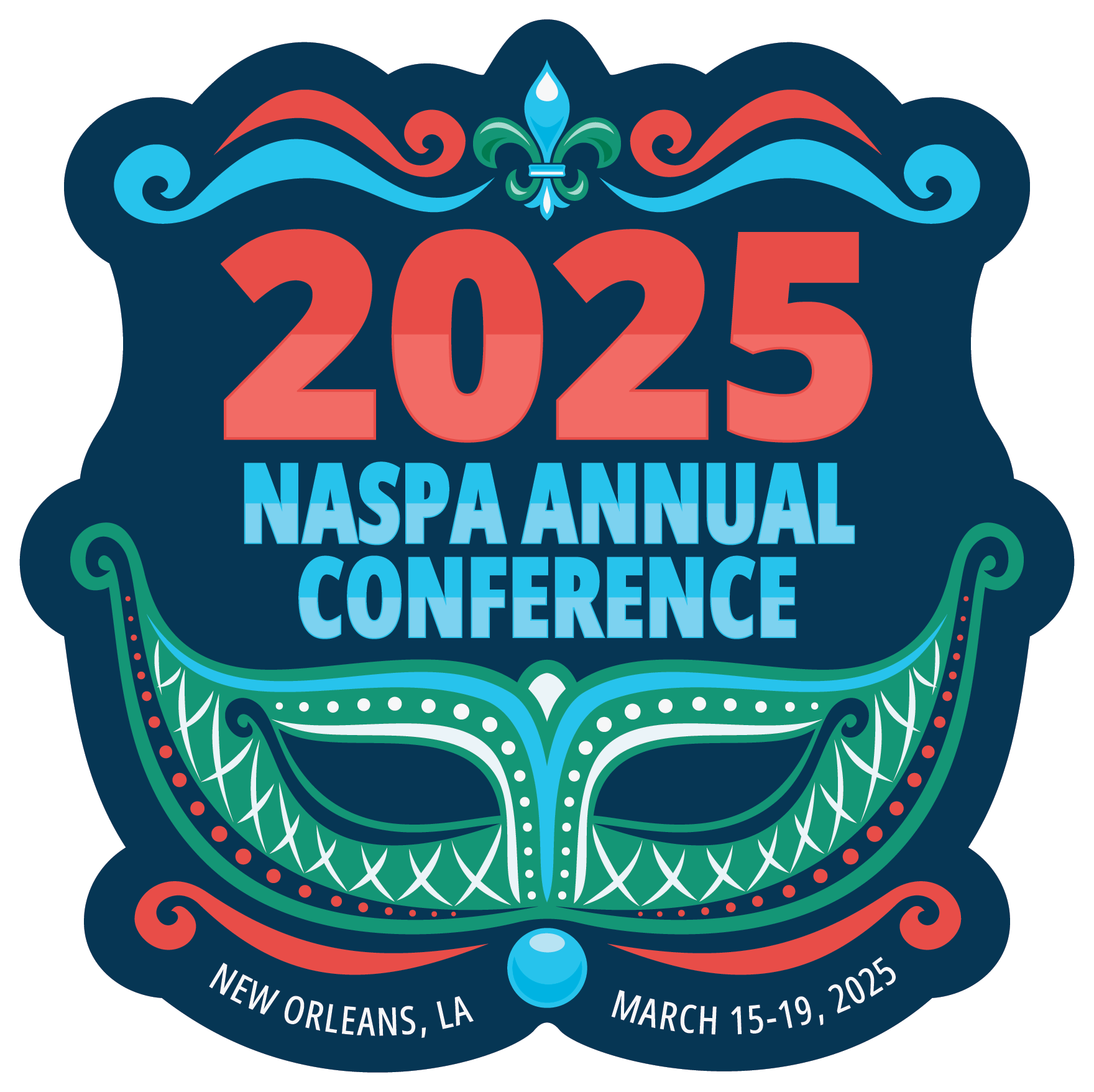The History of Drag: A Celebration of Art, Identity, and Resilience
Written by Benjamin Mckean Williams, Associate Dean of Students, Trinity University
Drag is more than sequins, wigs, and larger-than-life performances; it is a vibrant cultural and artistic expression with deep roots in history, politics, and identity. As student affairs professionals gathering at this NASPA conference, understanding the history of drag offers an opportunity to explore themes of inclusion, resilience, and the transformative power of community—all central to our work with students and alongside one another.
Early Beginnings: The Art of Gender Performance
Ancient societies used gender performance as a theatrical tool, giving rise to the origins of drag. In ancient Greece and Japan, men played female roles on stage due to cultural restrictions on women’s participation in the arts. Shakespearean theater in 16th-century England carried on this tradition, with male actors donning dresses and makeup to portray female characters. The term “drag” itself is believed to have originated in this era, referring to the way long costumes would “drag” across the stage.
Vaudeville and Early 20th Century Drag
By the late 19th and early 20th centuries, drag began to move beyond traditional theater into vaudeville and cabaret performances. Female impersonators like Julian Eltinge became famous, blending humor, glamour, and talent. During this period, drag began to evolve as an art form that challenged societal norms around gender and sexuality.
However, this era also brought challenges. Laws like the United States "masquerade laws" criminalized cross-dressing, targeting individuals who defied gender norms. Despite these restrictions, drag thrived in underground venues, offering a safe space for LGBTQ+ individuals to express themselves.
The Rise of Drag Balls
The Harlem Renaissance of the 1920s and 1930s was a turning point for drag culture, particularly within Black and Latinx LGBTQ+ communities. Drag balls emerged as inclusive spaces where individuals competed in categories like fashion, dance, and realness. These events were precursors to modern drag pageants and highlighted the intersection of race, gender, and sexuality.
Figures like William Dorsey Swann, the first documented drag queen in the United States, and the “pansy craze” of the 1930s helped establish drag as a form of self-expression and activism.
Stonewall and the Drag Revolution
The Stonewall Uprising of 1969 marked a watershed moment in LGBTQ+ history, with drag performers playing a pivotal role. Activists like Marsha P. Johnson and Sylvia Rivera, both prominent drag queens, were at the forefront of this movement for equality. Their courage and leadership ignited a wave of activism that continues to inspire today.
In the decades that followed, drag became an integral part of LGBTQ+ culture and activism. The 1980s saw the emergence of drag pageants like Miss Gay America and the popularization of ballroom culture, immortalized in the documentary Paris is Burning (1990). These spaces celebrated resilience, creativity, and community amidst the AIDS crisis.
Drag in the Mainstream
The 21st century brought drag into the mainstream. With the debut of RuPaul’s Drag Race in 2009, drag culture reached a global audience, showcasing its diversity and artistry. This platform has launched the careers of countless performers, helping to shift societal perceptions of drag from a niche subculture to a celebrated art form.
Drag’s presence in popular culture—from television and film to music and fashion—has opened conversations about gender fluidity, self-expression, and the importance of authenticity. However, drag’s mainstream success has also sparked debates about its commodification and the need to honor its roots in marginalized communities.
Drag Today: Art, Activism, and Education
Today, drag continues to be a powerful vehicle for activism, particularly on college campuses. Drag shows and events, such as Drag Bingo and educational panels, provide opportunities for students to learn about LGBTQ+ history, challenge stereotypes, and build inclusive communities. Drag’s intersectional nature makes it a unique tool for exploring issues of race, gender, class, and privilege.
As student affairs professionals, we are privileged and responsible for creating spaces where drag and other cultural expressions can thrive. By supporting LGBTQ+ student organizations, hosting drag performers, or integrating discussions of drag history into educational programming, we can honor this rich legacy and empower students to embrace their authentic selves.
Conclusion
Drag is a celebration of identity, artistry, and resilience. From its theatrical beginnings to its role in social movements and mainstream success, drag embodies the power of self-expression and community. By understanding and appreciating this history, we can better support the diverse needs of our students and foster environments where everyone feels seen and valued.
At this NASPA conference, let’s continue to learn, celebrate, and advocate for the transformative power of drag and the communities it represents. This year’s Tuesday Night Event on March 18, 2025, will continue the tradition of hosting a drag show. Stay tuned for another blog post with more information!

